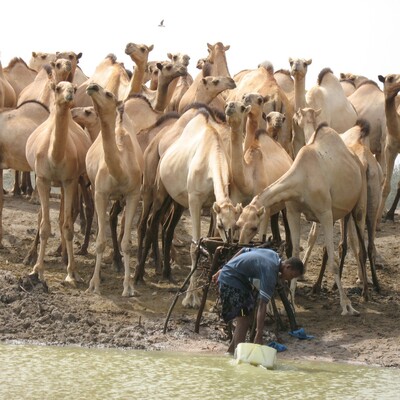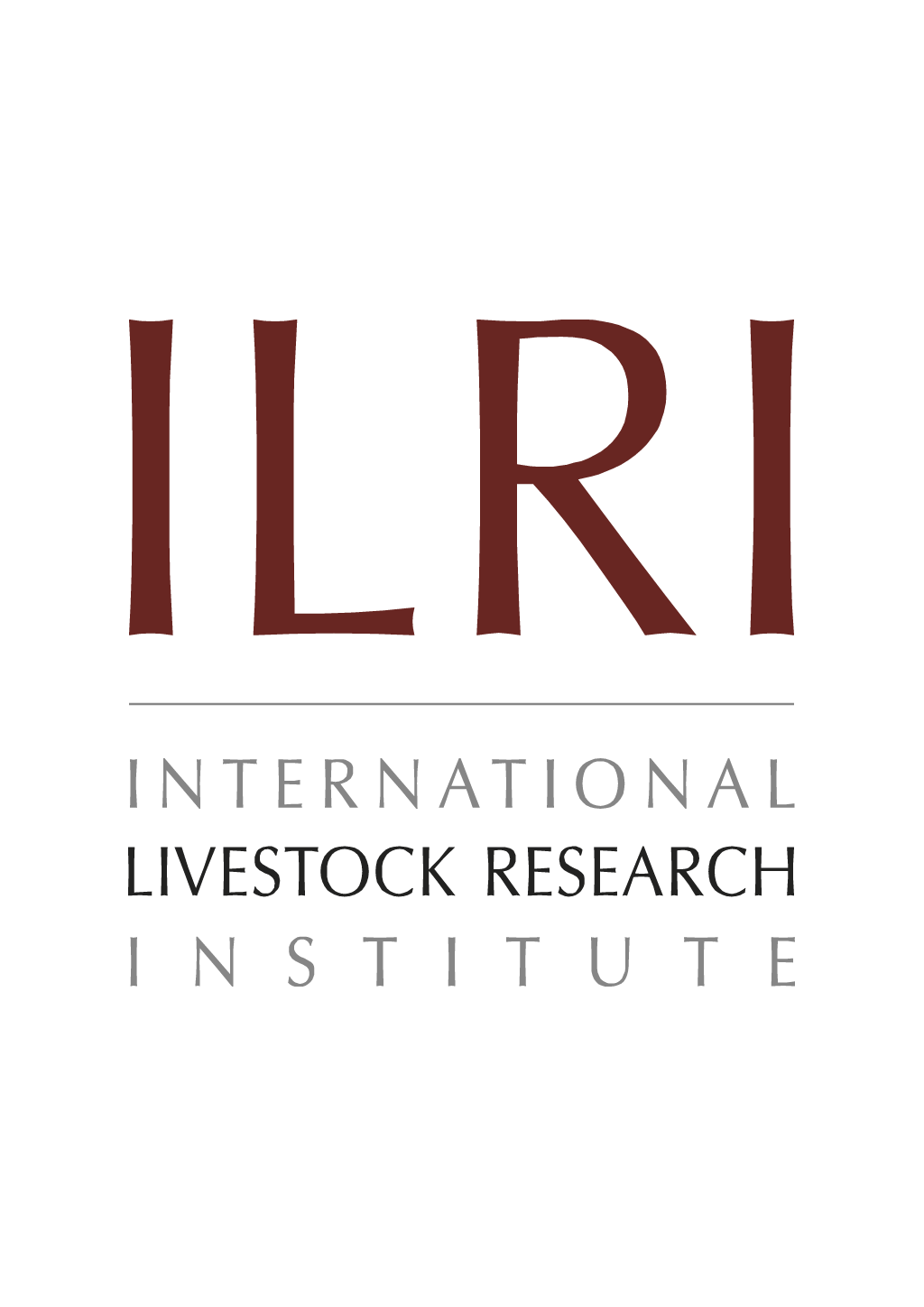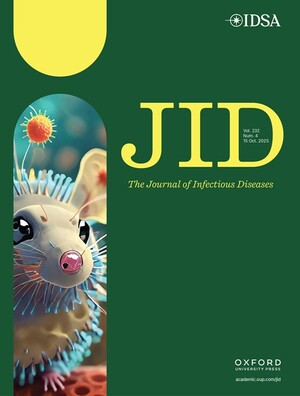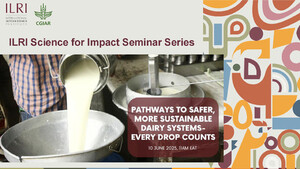
Intra-annual variation in feed and milk composition in smallholder dairy farms in Kenya
Abstract
This longitudinal study explored intra-annual variation in feed availability and the chemical composition of milk and feed resources at smallholder dairy farms in Nakuru county, Kenya. Feed and milk samples were collected for a full year, every last week of the month, from 43 purposively selected farms. Feed and milk samples were analysed for nutritional composition using near infrared spectroscopy (NIRS) and Ekomilk milk analyser, respectively. The main basal feeds were indigenous grasses, Napier grass, maize and bean stover and maize silage, which farmers supplemented with purchased commercial concentrates and/or purchased or homemade total mixed rations (TMR). Commercial concentrates had the highest crude protein (CP) content (17.4 ± 3.9)% dry matter (DM), while maize stover had the lowest (8.7 ± 3.3% DM). All the feeds had low metabolisable energy (ME) that ranged from 7.0 ± 0.8 (MJ/kg DM) megajoules per kilogram of dry matter (MJ/kg DM) for maize stover to 8.9 ± 0.8 for dairy meal. Only grasses showed significant seasonal variation in CP and NDF (P > 0.00). Milk physicochemical composition was within the range stipulated by the Kenya Bureau of Standards (KEBS). Milk physicochemical composition showed negligible seasonal variations to significantly affect milk processing, which suggests that farmers can cope with feed scarcity. Nevertheless, seasonal feed availability is a persistent challenge in smallholder dairy farms. There is a need to ensure sufficient feed availability throughout the year in smallholder dairy farms through feed conservation, feeding management and ration preparation to enable consistent milk production and physicochemical composition.
Citation
Nyokabi, Ndungu S.; Luning, Pieternel A.; Phelan, Jody Emile; Creemers, Jos; Lukuyu, Ben A.; Bebe, Bockline Omedo; Oosting, Simon J. 2022. Intra-annual variation in feed and milk composition in smallholder dairy farms in Kenya. NJAS: Impact in Agricultural and Life Sciences 94: 137-155









